Five Forgotten Olympic sports
17 July 2024
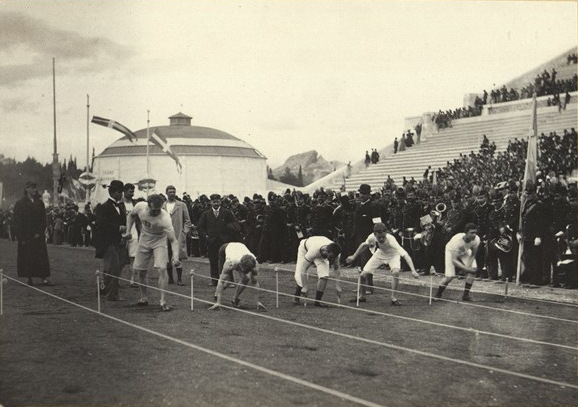
SHARE:
The news that break dancing (breaking) has been introduced as a new sport in the Paris 2024 Olympic Games might raise some eyebrows, with some calling its inclusion ‘a mockery’. However, the truth is the Olympics has long-served as the international stage for many unique sporting events.
Since the birth of the Modern Olympics in 1896 in Athens, many events have been added and removed from the official Olympics roster. So here are some forgotten, rather unusual, sports that have appeared in various editions of the Games over the years.
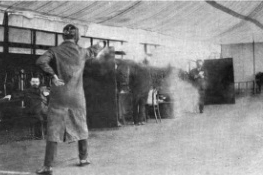
1. Pistol duelling
Duelling has existed for centuries as a way to settle disputes or save honour, and in 1906 pistol duelling debuted as an Olympic sport. In the Games, contestants shot at plaster cast dummies in frock coats to simulate a classic duel, and points were awarded based on accuracy. Duelling had a presence in the Olympics up until 1912.
However, a variation arose in unofficial competitions where competitors would instead shoot at each other – wearing protective gear and using wax bullets. In fact, wax bullet (or bloodless) duelling became quite popular in the US and Europe in the early 20th Century, but lost traction after the outbreak of the First World War.
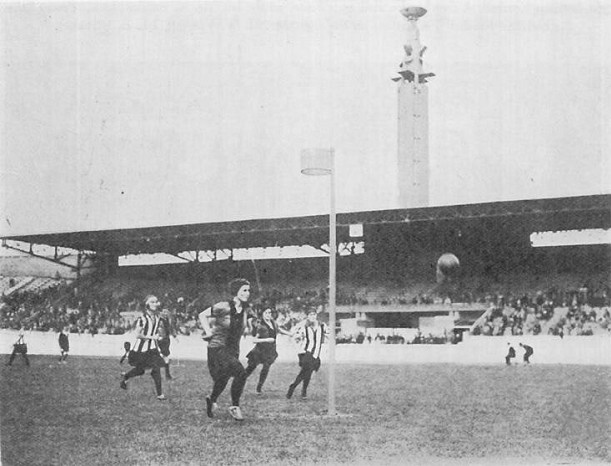
2. Korfball
With similarities to netball and basketball, this Dutch variant is played by two mixed-teams of eight players. It’s a fast-paced game, and the objective is to shoot the ball in the opponents ‘korf’ (a netless basket) to score points.
What’s unique about this sport is its emphasis on inclusivity and all-rounded skill. All teams are equally split by gender, the only official IOC sport to do so, and you cannot mark (defend) someone of the opposite sex. Every two goals the attack and defence positions are swapped, meaning having to adapt to both styles of play.
Korfball made short-lived appearances at the 1920 and 1928 Olympic Games. Today, Korfball is officially played in over 69 countries, so it could be due for a comeback in future Games.
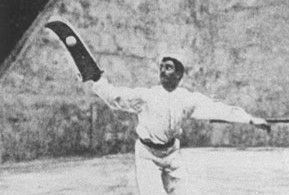
3. Basque Pelota
This sport featured in just one Olympic Games, Paris 1900. Only two teams competed, Spain and France, and they only played one match. There are variations of Basque Pelota that exist worldwide, such as Jai Alai and Cesta Punta. The game can be played either by hand, with a wooden bat, or with a ‘cesta’ – a curved wicker scoop.
The goal is to take it in turns to throw the ball against a wall as hard as possible, which must then be thrown back before the second bounce. Because of this it is often referred to as the fastest ball sport in the world, with throw speeds easily exceeding 120mph. Basque Pelota is still popular in the Basque Country and various Latin American regions today.
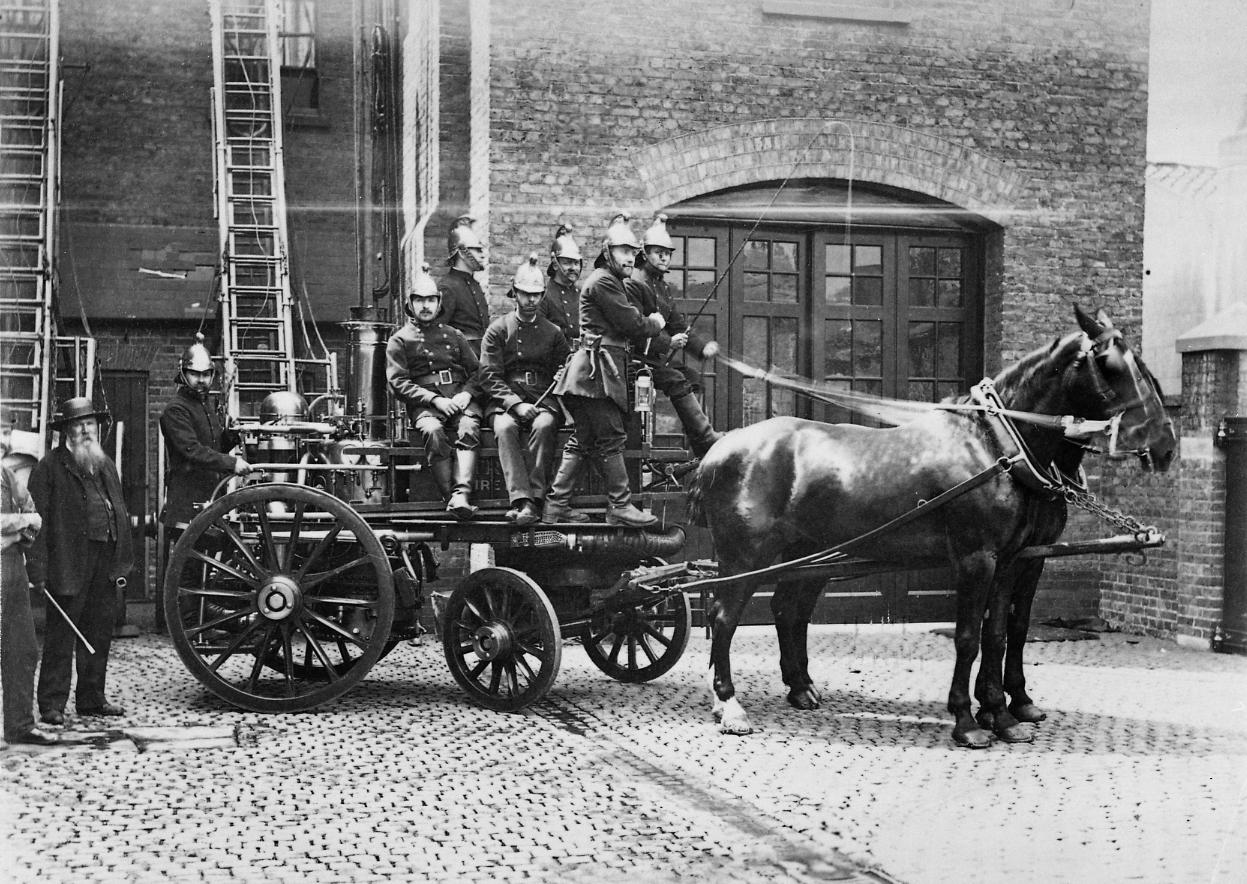
4. Firefighting
Another unusual entry from the 1900 Olympics, firefighting was a contested event for both professional and volunteer firefighters. The contest tested speed and agility in using fire equipment and challenged competitors in rescue operation scenarios. It is difficult to find any consensus on whether real fire was used, but in an era where pistol duelling was seen as acceptable it’s very much a possibility.
Modern day versions of competitive firefighting still exist, such as the annual World Firefighter Games – which do not use real fire.
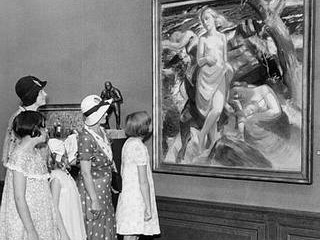
5. Art
The Olympics hasn’t always just been about sport, from 1921-1948 medals could also be won for art. Painters, sculptors, writers, architects and musicians could compete to make works of art with the only caveat being the pieces had to be in some way inspired by sport.
The competition saw some famous faces receive awards, including sculptor Paul Landowski – whose best-known work is ’Christ the Redeemer’ in Rio de Janeiro, and American architect John Russell Pope.
Unfortunately, the official competition was scrapped not long after the Second World War, but non-competitive arts are still associated with every Games via the Cultural Olympiad programme.